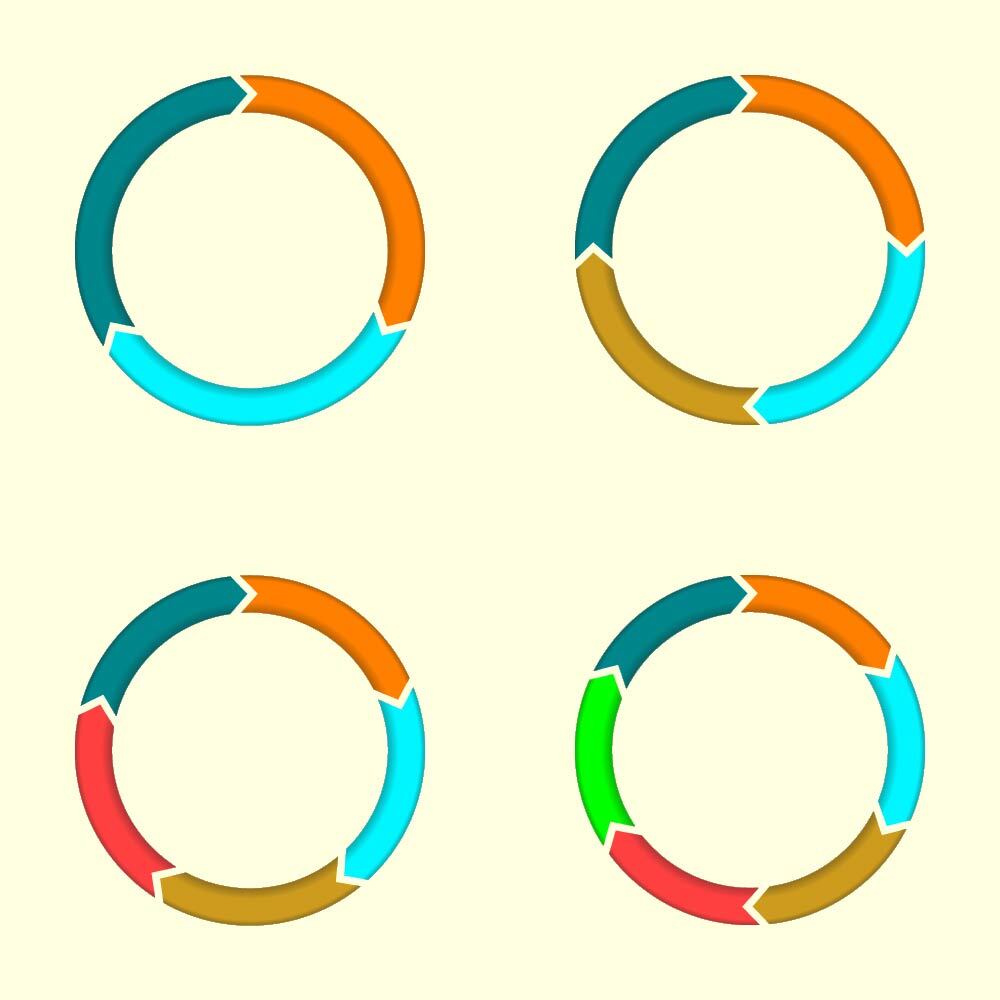Two of the cornerstones of science advancement are rigor in designing and performing scientific research and the ability to reproduce biomedical research findings. Information provided on this webpage provides information about the efforts underway by NIH to enhance rigor and reproducibility in scientific research. It also provides the extramural community assistance in addressing rigor and transparency in NIH grant applications and progress reports.
Definition
Goals
- ensure that NIH is funding the best and most rigorous science,
- highlight the need for applicants to describe details that may have been previously overlooked,
- highlight the need for reviewers to consider such details in their reviews through updated review language, and
- minimize additional burden.
Principles and Guidelines for Publishing Preclinical Research
Explore principles to enhance rigor and further support research that is reproducible, robust, and transparent, developed by journal editors at a workshop representing over 30 basic/preclinical science journals.
Guidance: Rigor and Reproducibility in Grant Applications
Learn how to address rigor and reproducibility in your grant application and discover what reviewers are looking for as they evaluate the application for scientific merit.
Resources for Preparing Your Application
Learn how to prepare a rigorous application with select excerpts of rigor from awarded applications, authentication plan examples, and resources like the experimental design assistant (EDA), guidance on sample size calculation, and more.
Training and Other Resources
Resources and training on many aspects of rigor and reproducibility, including sex as a biological variable, research methods, reviewer guidance and more.
Meetings and Workshops
NIH has hosted a number of meetings and workshops focused on rigor, reproducibility, and transparency in scientific research. A variety of other events have incorporated these topics as important components as well.
Notices, Blog Posts, and References
We are continuously working to enhance scientific rigor and transparency in biomedical research. Learn more about the timeline of our efforts.

FAQ
Find answers to questions on rigor and reproducibility policy, applications, review, and pre- and post-award administration.
For NIH Staff
Guidance and resources for NIH extramural staff.
Contacts
Still have questions? Please send them to reproducibility@nih.gov





 News
News 






